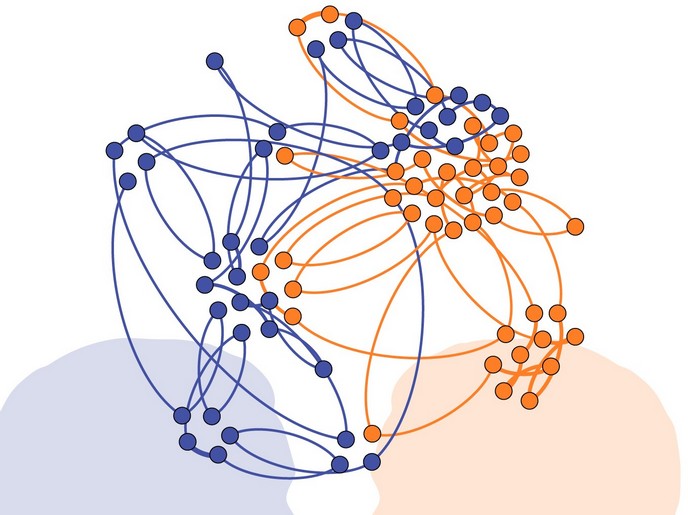A computer game provides invaluable information on autism spectrum disorder
Humans effortlessly share their immediate thoughts with others during social interaction. Words, gestures, and other conventional cues undoubtedly help our communication, but they form the mere tip of the iceberg as we also flexibly understand tourists and infants who speak a different language or no language at all. A new line of research investigating our mutual understanding abilities is finding that human communicators jointly keep their knowledge of the interaction aligned with one another. Moreover, synchronising brain activity(opens in new window) occurs at a temporal scale independent from individual communicative behaviours. Undertaken with the support of the Marie Sklodowska-Curie programme, the MUSIC project investigated whether this communicative alignment is necessary for the mutual understanding of behaviours in pairs of individuals with www.psychiatry.org/patients-families/autism/what-is-autism-spectrum-disorder (autism spectrum disorder) (ASD). ASD is defined by persistent communicative deficits in social interaction. These are most evident in everyday situations where a speaker’s intended use of words and sentences strongly diverges from conventional use, such as in the case of irony and sarcasm. “In MUSIC, we addressed the possibility that individuals on the spectrum struggle to align their knowledge of a communicative interaction with that of others,” explains the MSCA research fellow Arjen Stolk.
Interpersonal communication assessment through a computer game
To quantitatively assess communicative alignment in individuals with ASD, Stolk and colleagues developed a computer game(opens in new window) that challenges pairs of individuals to crack a virtual vault, without being able to see or talk to each other. In the game, pairs work together to move their vault keys into a position on the computer screen that will crack the vault’s code. A benefit of the novel interactive setting is that the vault key movements lack conventional meaning, providing reliable access to the core interpersonal process of how two humans converge on a shared meaning. The study involved over 50 individuals who were assigned in pairs to an ASD group, a neurotypical group, or a mixed group containing a neurotypical individual and one with ASD. Despite otherwise indistinguishable performance, the three groups differed in their communicative outcome, with groups encompassing ASD individuals exhibiting a lower capacity to solve specific communicative challenges. A merit of the controlled social environment, the study was able to pinpoint a novel cause for the communicative deficits in ASD, revealing a reduced ability to align knowledge of the interaction with a partner(opens in new window).
Redefining human communication
The principles and mechanisms of mutual understanding remain largely elusive. Efforts to combine brain recordings from interacting subjects will help dissect the neurocognitive mechanisms underlying our mutual understanding abilities. “Our brains are not particularly focused on the occurrence of individual communicative behaviours. Instead, they are temporally synchronised to the emergence of mutual understanding,” emphasises Stolk. The project's findings call for a shift of focus in the field from how individual brains process social stimuli to how two or more brains converge on a shared understanding of those stimuli. Individuals with and without ASD would be equally able to communicate if communication could be reduced to the former. However, the latter is needed if we want to fully understand human communication and its alterations in disorders of human social interaction.







